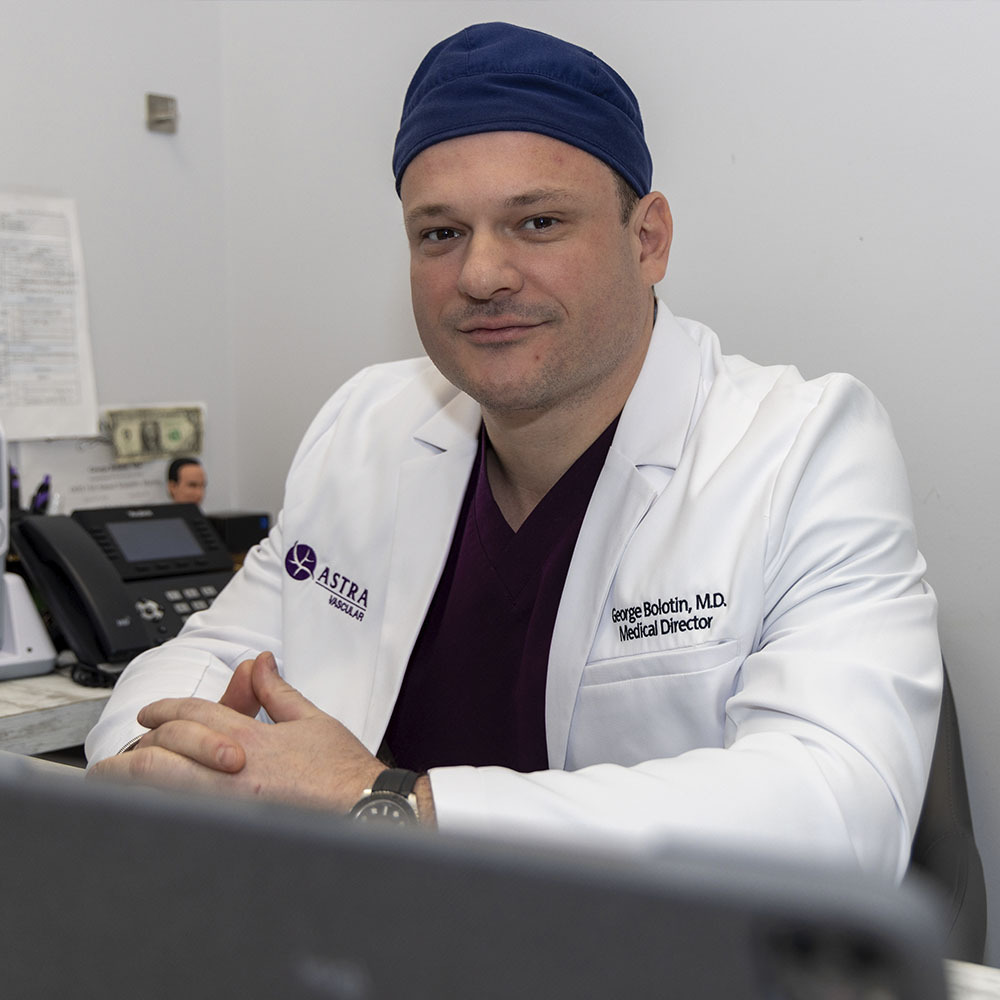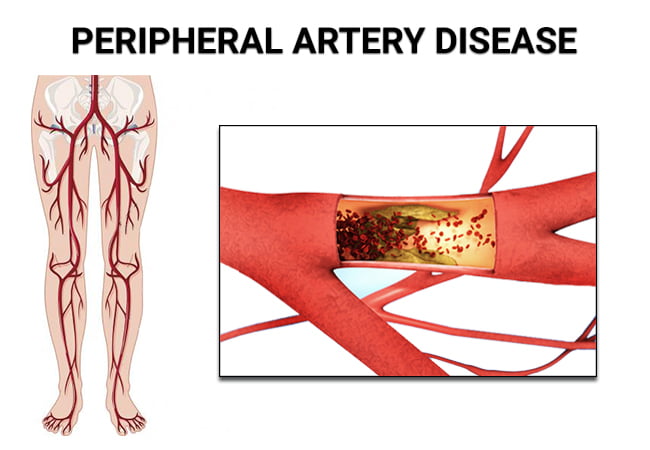
Peripheral artery disease, also known as PAD, is a dangerous condition that can lead to life-threatening heart disease. A partially or fully blocked artery is a cause of poor circulation, which has direct implications on your quality of life. But there are PAD treatments to correct or overcome this vein disease. If your case is mild enough, you may only need lifestyle or diet changes. While surgery is sometimes the most appropriate solution, it’s always the last treatment to use. Ask an expert like Dr. George Bolotin of the Astra Vein Treatment Center in Brooklyn, New York and Bronx, New York. Don’t wait for your condition to worsen.
 Peripheral artery disease, also called PAD, is a circulation problem caused by the narrowing of your arteries. Symptoms of the disease include a loss of leg hair, an ulcer or open wound on your leg or even just cool or thinning leg skin. You can treat PAD with a combination of remedies, including:
Peripheral artery disease, also called PAD, is a circulation problem caused by the narrowing of your arteries. Symptoms of the disease include a loss of leg hair, an ulcer or open wound on your leg or even just cool or thinning leg skin. You can treat PAD with a combination of remedies, including:
A narrowing of the arteries is often caused by a condition called atherosclerosis, a build-up of fatty deposits in your arteries that reduces blood flow. It can lead to pain in your limbs from not receiving proper blood circulation. Dr. George Bolotin of the Astra Vein Treatment Center is an expert Interventional Radiologist who specializes in vein care in Brooklyn and Bronx. He’s qualified to diagnose your condition and provide PAD treatment options.

Medications as a peripheral artery disease treatment primarily address symptoms, although some treat underlying conditions that contribute to your diagnosis of PAD. Your vein doctor may recommend medications to control concurrent diagnoses that make your PAD worse, such as:
The best vein doctor in Brooklyn and Bronx knows that PAD symptoms can be controlled with medications like blood thinners to improve blood flow and reduce limb pain. Dr. Bolotin may even prescribe over-the-counter medications for the leg aches and pains that result from peripheral artery disease.
As with many health conditions, some modifications to your lifestyle can make you feel better. In this case, getting plenty of sleep and eating heart-healthy meals can ease your PAD symptoms. Some other things you can do at home to improve your overall quality of life include:
If medications and at home remedies don’t help, your vein doctor may recommend more invasive modes of treatment, especially if your case of PAD is severe. New treatments for PAD are always being developed. While surgery is always the last treatment recommended, some of the procedures that can be effective against PAD include:
Peripheral artery disease treatment most often involves basic, at-home care. Your treatment depends on the severity of your symptoms and whether you have underlying conditions, such as diabetes or high blood pressure. If you suspect circulation problems in your legs, contact Dr. Bolotin at Astra Vein Treatment Center in Brooklyn and Bronx. If you catch peripheral artery disease early, your PAD treatments will be mild.
Vein & Vascular Medical Care
4209 Ave U, Suite A.
Brooklyn, NY 11234
(347) 934-9068
Vein & Vascular Medical Care
869 E Tremont Ave
Bronx, NY 10460
(929) 447-4563